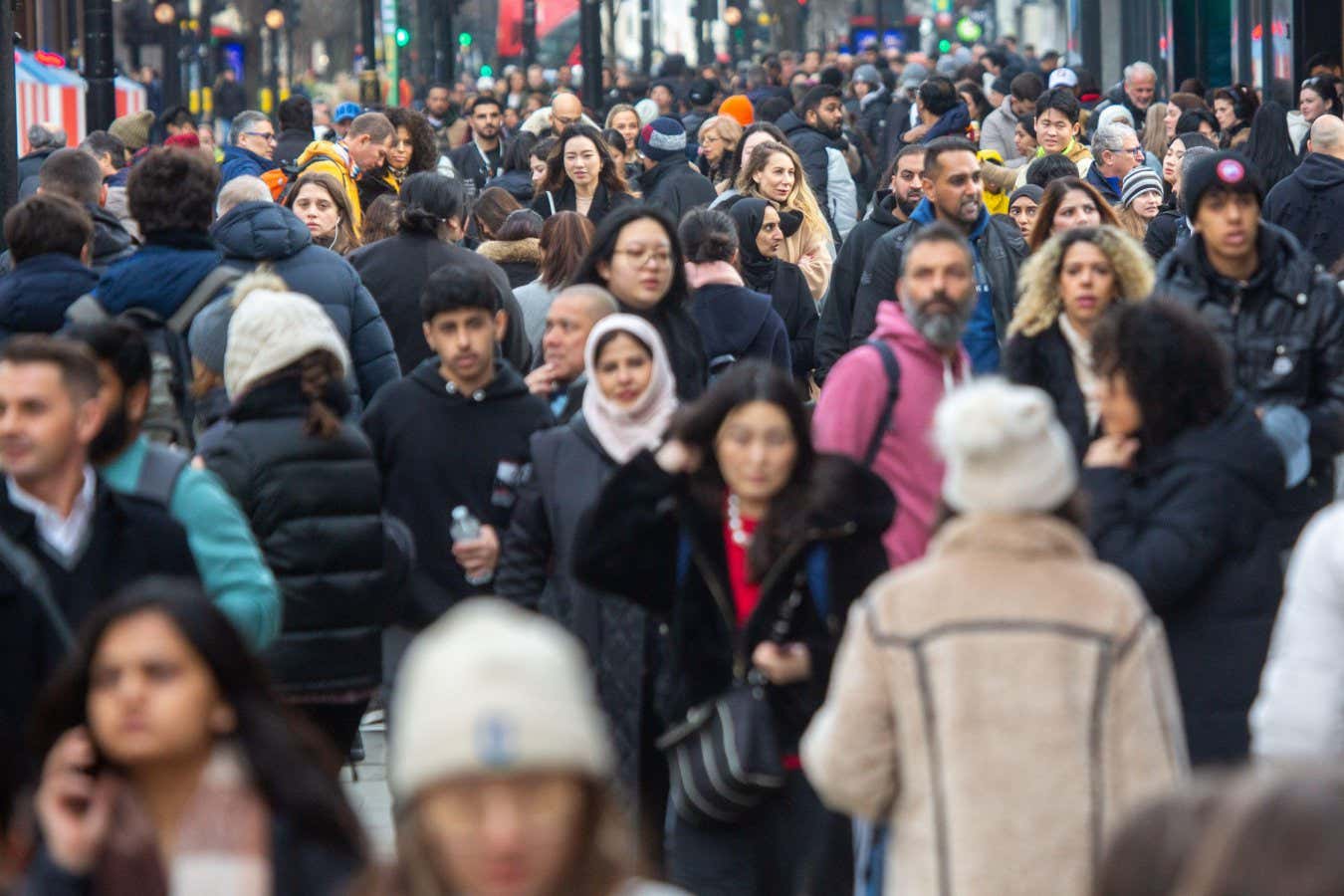The life expectancies of men around the world are catching up with women’s longer lifespans, possibly due to a decline in smoking and alcohol-related deaths
By Chen Ly
17 January 2024
Both men and women have benefited from improvements in healthcare over the past few decades
ZUMA Press, Inc./Alamy
Women have historically outlived men, but changing lifestyles may be helping men gradually catch up.
Globally, the average human lifespan has increased over the past century, a trend that is expected to continue as countries become richer. Despite this increase, a disparity has consistently existed between the life expectancies of men and women.
To learn more, David Atance del Olmo at the University of Alcalá in Spain and his colleagues analysed the mortality data of 194 countries from 1990 to 2010. These countries could generally be divided into five groups, according to their longevity trends.
Advertisement
Read more
A longevity diet that hacks cell ageing could add years to your life
The group with the highest average life expectancy was made up of the countries with the highest incomes, such as Australia, Japan, the US, the UK and other parts of western Europe. The group with the lowest life expectancies was comprised of just Rwanda and Uganda.
When comparing how long men and women tend to live in these countries, the greatest jump took place among men in Rwanda and Uganda, who had an average life expectancy of just 30.85 years in 1990, increasing by 14.37 years to 45.22 years in 2010. Among women in these countries, life expectancy increased over this period by just 0.94 years from 50.37 years to 51.31 years.
